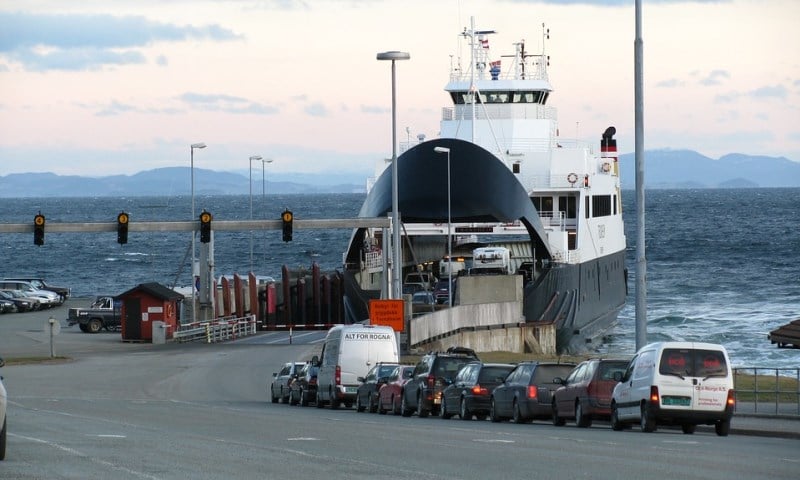The so-called Fosen-Linjen Saga has finally come to its long-awaited end by the judgment of the Norwegian Supreme Court of 27 September 2019, more than 6 years after the company AtB tendered for the procurement of ferry services between Brekstad and Valset in the County of Trøndelag.
The contract was initially awarded to the company Norled. The competitor, Fosen-Linjen, which was ranked as the runner-up, claimed Norled had been awarded the contract unlawfully, and managed to stop the signing of the contract through interim measures. In the interim measures procedure two errors were identified by the courts:
- AtB had not required the necessary documentation for the award criteria “environment”; and
- AtB had not verified the viability in Norled’s offer regarding fuel consumption (which was part of the criteria “environment”).
As a result of this, AtB decided to cancel the tender procedure, and restart the whole process.
Fosen-Linjen did not submit a new tender, but instead filed a law suit against AtB claiming damages for the positive interest, or, in the alternative, the negative contract interest. The negative contract interests essentially amounts to the costs of tendering (damnum emergens), while the positive contract interest essentially amounts to the loss of profit (lucrum cessans).
The Supreme Court’s judgment clarifies several key questions about public procurement law related to the threshold for damages, and for the requirement of causality between the breach and the damages. Furthermore, the ruling contains interesting assessments of legitimate grounds to cancel a tender procedure, and the significance of the fact that a tenderer submits an offer despite being aware of errors in the procurement documents for the possibility to receive damages. The judgment is unanimous for all but the question of causality for damages for the negative contract interest, where one justice had a concurring opinion with a slightly different approach. For the purposes of this summary, I will not go further into the differences in the concurring opinion.

